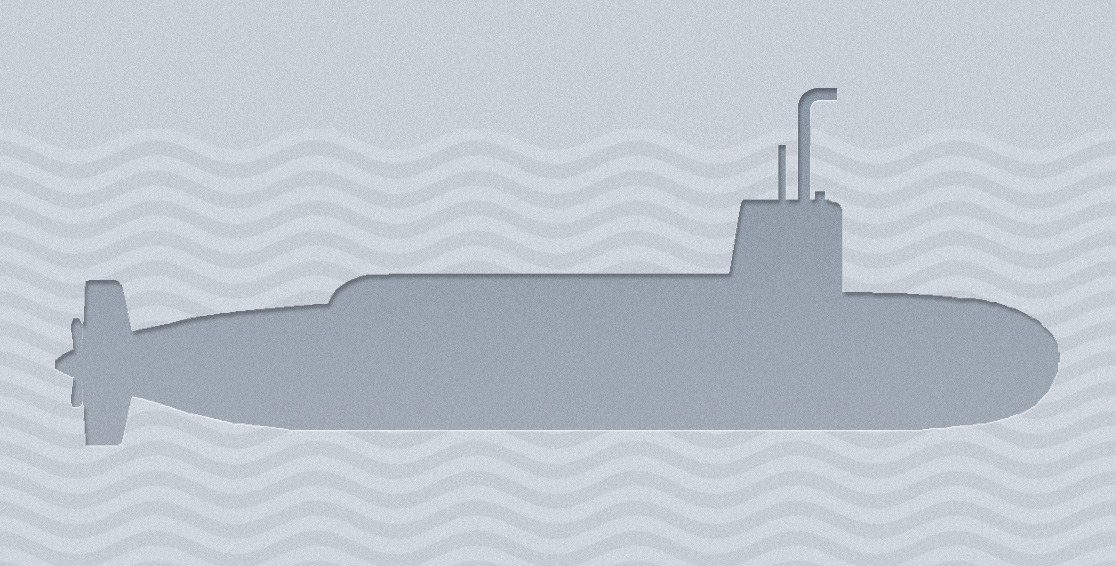The Ministry of Defence (MoD) has published its first annual report on progress with the Trident replacement programme. The report, promised by former Defence Secretary Liam Fox when the 'Initial Gate' decision for the programme was announced in May 2011, outlines the work which has been done since Initial Gate on the proposed new submarines intended to replace the current Vanguard fleet, and summarises how much has been spent to date on the programme.
The report reveals that since Initial Gate the main focus of the replacement programme has been work on submarine system drawings and the technical specifications required for the purchase of equipment. The submarine's nuclear propulsion system has been reviewed in detail to “ensure confidence in the performance of the submarine”. Work on design of the submarine's reactor and joint US/UK work on the Common Missile Compartment is said to be “on track”. Over the next year work will focus on the functional design of the submarine’s constituent systems, with layout of the submarine being designed in progressively more detail.
A joint Integrated Programme Management Team (IPMT) for design, construction, and launch of the submarines has been established, bringing together staff from MoD and BAE Systems, Rolls-Royce and Babcock Marine – the three principal contractors involved in the programme – with the aim of avoiding the extended delays and major cost over-spends which have plagued the Astute class submarine programme. Framework contracts are in place with each of the three main contractors and two packages of work, each valued at £350 million, have been awarded for work over the next 18 months. However, to date only £315 million has been spent out of a total of £3 billion expenditure planned before the Main Gate' decision in 2016, raising questions over claims by pro-Trident MPs that spending on the programme is now irreversible.
To date £17 million has been spent on long lead items for submarine construction, with further spending on ling lead items, principally reactor items, expected in 2013. £8 million will have been spent before the end of 2013 on assessing the requirement for additional infrastructure investment.
Overall the Ministry of Defence states that expenditure is expected to remain within the 2006 White Paper estimates of £11-14 billion (at 2006/7 prices) for Successor submarines, assuming a four boat fleet, and that no delays are expected in delivering the current phase of the programme by the 'Main Gate' decision point in 2016.
